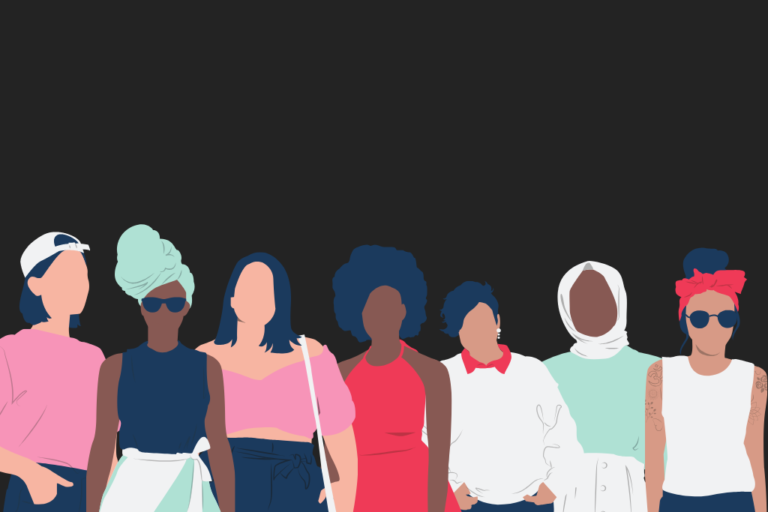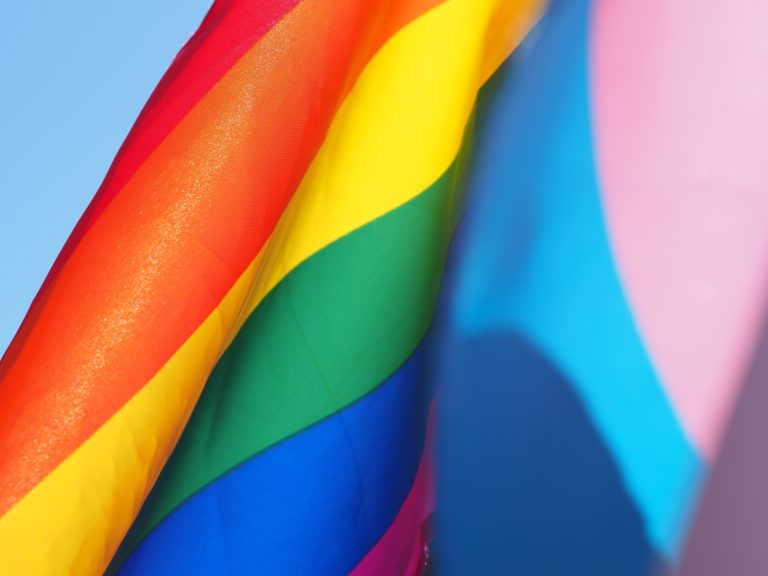Last April, 22 year old Karla Garcia was elected Trustee for the Dallas, TX…
New BLFF Research: Shared Hurdles: How Political Races Change When Two Women Compete
BLFF Team
| Apr 26, 2022

Read the full memo here.
The Barbara Lee Family Foundation’s innovative new research, Shared Hurdles: How Political Races Change When Two Women Compete focuses on the interaction between a candidate’s race, political party, and gender when more than one woman is on the ballot—and reveals voters’ opinions on woman vs. woman races.
Key findings from Shared Hurdles include:
- Voters no longer see women as a novelty on the campaign trail. In 2017, that voters saw women as outsider candidates. Five years later, Shared Hurdles found that voters no longer see it as notable for a woman from either party to run for office. However, voters reported that they have not seen many campaigns with women running against other women.
- There are significant racial, gender, and partisan differences when it comes to voters’ beliefs about the importance of electing women and people of color. This is in line with previous Barbara Lee Family Foundation research. The base of support for women candidates and people of color candidates are Democrats, younger voters, and Black, Latino/Hispanic, Asian American/Pacific Islander (AAPI), and Indigenous voters.
- Voters broadly say they do not believe that gender impacts a candidate’s ability to govern, but about half of voters think women are different from men when they serve as elected officials. AAPI voters, Black women, Native women, and Gen Z are the most likely to say that women are a lot different than men when they serve as elected officials. As in previous BLFF research, believing men and women are different is an important predictor of voting for a woman candidate.
- Voters demand to know why a woman candidate is qualified for office, and she must balance qualifications with likeability. Previous BLFF research found that voters assume men are qualified, but women must prove their qualifications—and voters are often able to see a woman as either qualified or likeable, but not both. Shared Hurdles shows that although voters view women candidates across race and party affiliation favorably, the qualifications barrier is not eliminated when women run against each other. Instead, both women have to show they are qualified, and contend with the likeability-qualifications double bind.
- Knowledge of issues and experience are more important than a candidate’s personal story.Voters primarily want to see that a woman candidate has knowledge of the issues, and that she is qualified. In a shift from BLFF’s 2017 findings, candidates’ personal lives appear to be less important. Voters see a woman’s record as more important than her personal story, which is partially a response to the numerous challenges our country is facing at this time.
- Messages resonate most when they center the voter’s life. A woman candidate’s credentials, experiences, and endorsements from third-parties are most meaningful when it is clear how they relate to voters. Voters want to see how a woman candidate’s experiences prove that she can make a positive impact for them personally.
- In woman vs. woman races, party makes a difference. As shown in previous research, partisanship influences decisions. Whether a woman candidate is a Democrat or Republican makes a significant difference in voters’ attitudes towards her when she runs against another woman. Democratic and Republican women candidates each have advantages on different issues and on their personal traits in the eyes of voters.
To read the full findings, and see the methodology for this research, visit the Barbara Lee Family Foundation’s website. Read the full memo here.






